Top Class Actions’s website and social media posts use affiliate links. If you make a purchase using such links, we may receive a commission, but it will not result in any additional charges to you. Please review our Affiliate Link Disclosure for more information.
S.C. Johnson & Son Inc. is trying wipe out a class action lawsuit filed against it over claims its Windex glass cleaner is mislabeled as non-toxic.
The company filed a motion to dismiss the class action lawsuit on the grounds that the allegations against it are so vague it’s not even clear which Windex glass cleaner the plaintiff was harmed by and how.
Lawyers for S.C. Johnson & Son also took issue with the plaintiff claiming that vinegar – one of the contested glass cleaner ingredients – is toxic.
“[The] threadbare complaint lacks basic facts necessary to state a false advertising claim under New York law,” the defendants’ motion to dismiss the class action says.
Plaintiff Katherine Shimanovsky filed her class action lawsuit against S.C. Johnson & Son in May, but did not say in it which of the four Windex glass cleaners labeled to contain a “non-toxic formula” she purchased, the company says. Each contains different ingredients and only one of the products contains all three of the ingredients Shimanovsky claims are toxic – 2-hexoxyethanol, butoxypropanol and acetic acid.
The acetic acid is vinegar, which the plaintiff alleges is an irritant that can damage a person or pet’s vision if it gets in their eyes.
“Vinegar is a common ingredient in food,” the lawyers for S.C. Johnson said in their motion to dismiss the case. “By plaintiff’s logic, many foods are toxic because they contain vinegar.”
Shimanovsky’s class action lawsuit does not state the name of the specific formula of glass cleaner she purchased, but a photograph included in the complaint depicts a bottle of Windex Vinegar glass cleaner.
Shimanovsky says in her class action lawsuit that she purchased the Windex glass cleaner because of the features she believed it had based on the bottle’s labeling, that it was a “Non-Toxic Formula” that would provide a “Streak Free Shine.” She claims she paid a premium for the cleaner because she wanted to avoid any harm from harsh chemicals and believed the Windex “Non-Toxic Formula” label promised just that.
It is only on the company’s website that the ingredients of the Windex glass cleaner are listed, and it is unlikely most consumers would think to check it against the label’s promise of being non-toxic before making a purchase, Shimanovsky’s class action claims.
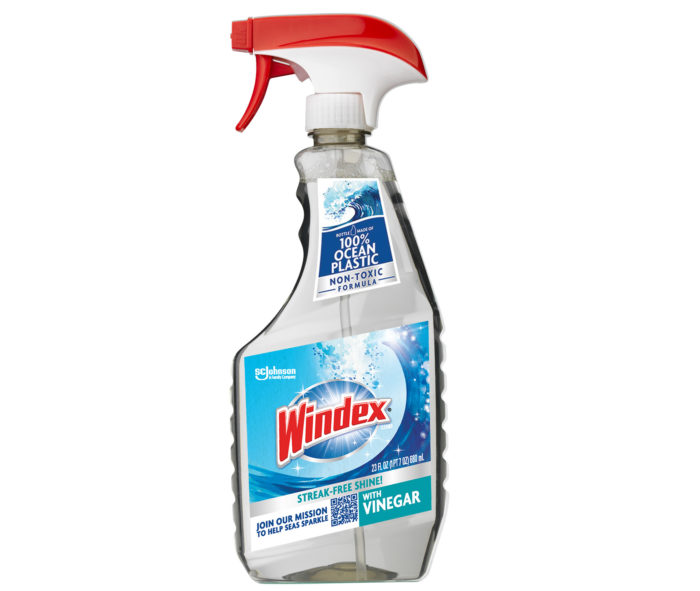
The FTC’s “Green Guides” consider it deceptive to represent a product as “non-toxic” without reliable scientific evidence to back it up.
Shimanovsky also notes that the U.S. Environmental Protection Agency “has cautioned that non-toxic claims might prevent consumers from taking necessary precautions in handling a product.”
Among the concerning ingredients, Shimanovsky alleges 2-hexoxyethanol is a toxic solvent that “may cause central nervous system depression and kidney failure and may be absorbed through the skin.” And butoxypropanol is also a hazardous chemical compound.
“[The] branding and packaging of the product is designed to – and does – deceive, mislead, and defraud consumers,” the class action lawsuit insists. It conveys to “reasonable consumers the product will not be harmful to people (including small children), common pets and the environment.”
Those consumers are legally injured by paying a higher price for the cleaner than they would have if they knew it was not entirely non-toxic, the plaintiff argued.
S.C. Johnson & Son claims Shimanovsky’s class action does not offer any evidence about the amount of the contested ingredients in the Windex glass cleaner or that the cleaner on the whole is toxic. Its motion to dismiss the case also says the “non-toxic formula” labeling is a description of the product, not a warranty, as the plaintiff claims.
As for her claims to have been harmed by paying a premium for the Windex glass cleaner, S.C. Johnson & Son argued in their motion to dismiss her case that the plaintiff didn’t offer any evidence of prices for comparative products to substantiate her claim.
Have you purchased a Windex glass cleaner that was labeled to be non-toxic, only to discover it contained toxic ingredients? Tell us about it in the comment section below.
Shimanovsky and the proposed Class Members are represented by Spencer Sheehan of Sheehan & Associates PC and Michael R. Reese of Reese LLP.
The Windex Glass Cleaner Class Action Lawsuit is Katherine Shimanovsky, et al. v. S.C. Johnson & Son Inc., Case No. 1:20-cv-03588, in the U.S. District Court for the Southern District of New York.
Read About More Class Action Lawsuits & Class Action Settlements:
Naked Pure Coconut Water Is Mislabeled, Class Action Lawsuit Says
Is Johnson & Johnson Baby Powder Safe?
Strawberry Pop-Tarts Ingredients Are Misleading, Class Action Says






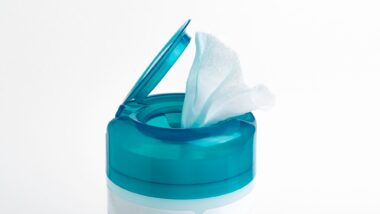
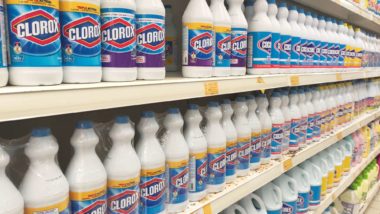

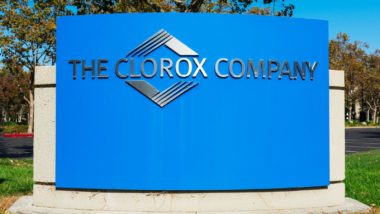



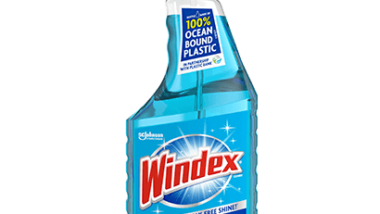
344 thoughts onS.C. Johnson Wants Windex Glass Cleaner Class Action Lawsuit Wiped Out
please add me
add my name
please add me